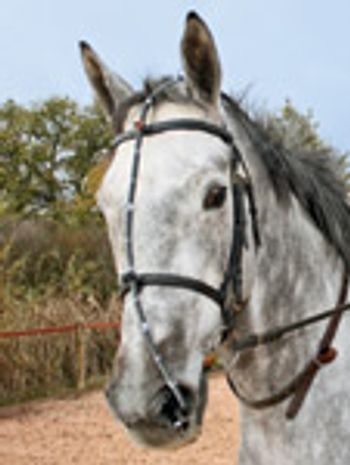
A new development in the diagnosis of upper airway disease
Ed Kane, PhD, is a researcher and consultant in animal nutrition. He is an author and editor on nutrition, physiology and veterinary medicine with a background in horses, pets and livestock. Kane is based in Seattle.

A new development in the diagnosis of upper airway disease
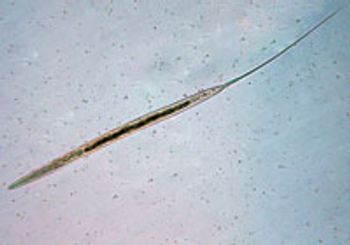
Understanding biology is key to battling the emergence of resistant parasites in horses
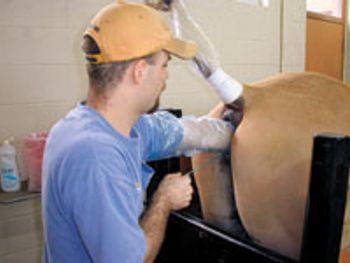
The right technique, embryo quality and donor-recipient synchrony are crucial.
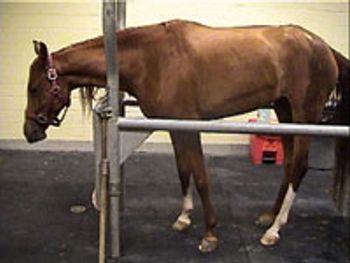
Horses' condition makes it easier for vitamin E to do its work protecting cells from free-radical damage.
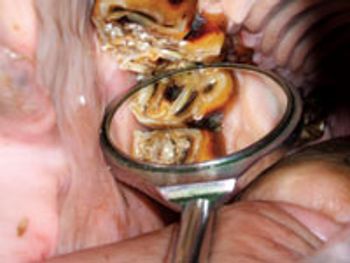
Up to 34 percent of horses of all ages experience some level of periodontal disease, but up to 60 percent of horses 13 years of age or older suffer from severe periodontal disease.
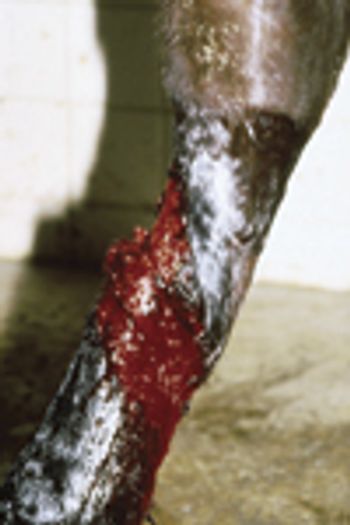
Wounds of the lower limbs of the horse can be challenging to treat successfully, especially those that may involve tendons, ligaments and synovial (joint) spaces.

Back problems are a common cause of poor performance in all horses - especially competitive horses, whose jumping ability may be diminished.

Elmont, N.Y. - Ruffian was considered by many to be the finest Thoroughbred filly in racing history. It is on the site of her burial that the Ruffian Equine Medical Center opened this year.
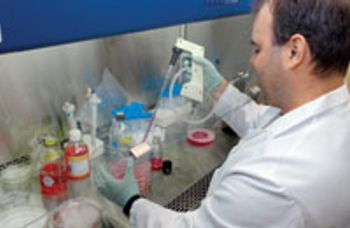
Kennett Square, Pa. - Research into the causes and treatment laminitis, along with wide-ranging collaboration are the driving forces behind the newly established Laminitis Institute at the University of Pennsylvania.
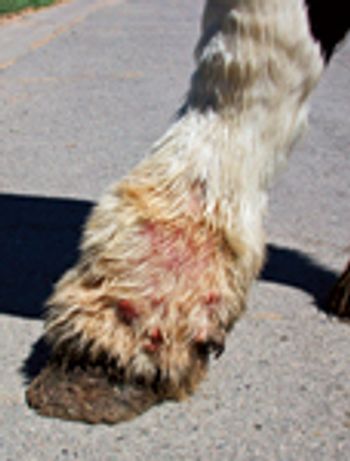
It's a painful, disfiguring disease that may strike horses as early as 2 years of age, then over time cause formation of large nodules that interfere with normal pastern movement, permanent skin ulceration and lameness, eventually leading to the animals' early demise.

Minerals, though they make up only a small percentage of the equine diet, are critical - especially for the health of foals.
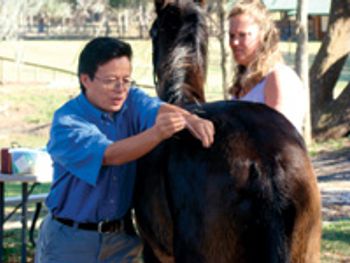
A healing science that dates back thousands of years in another culture has gained acceptance in recent years as a method of diagnosing and treating lameness in horses.

A spate of natural diasters - hurricanes, tornadoes, flood, wildfires and earthquakes - have impacted veterinary practices in many parts of the country this year.

In 1915, Sir Frederick Hobday, a British veterinary surgeon, noted that "it is of no avail to have done any operation, however clever, if the patient succumbs to the anesthetic."
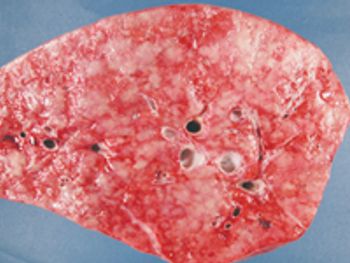
Equine Multinodular Pulmonary Fibrosis was only recently identified but could have a deep past.
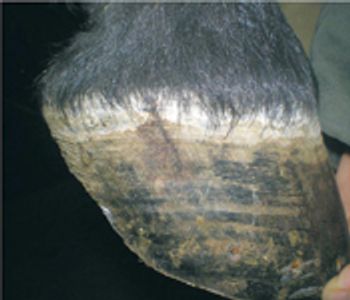
The term "quarter crack" was heard much more frequently this year after Kentucky Derby and Preakness winner Big Brown was treated for the hoof condition prior to the Belmont Stakes, but equine veterinarians, podiatrists and farriers know that quarter cracks affect all types of racing and performance horses and sometimes work horses.
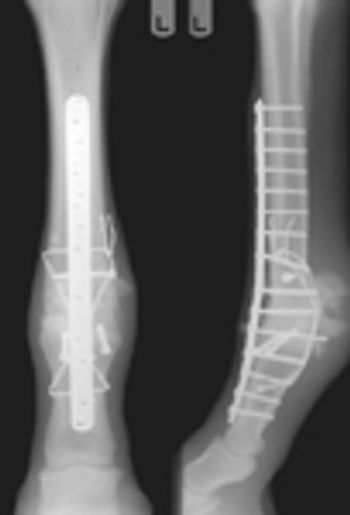
Lexington, Ky. - It is the most common fatal injury of the racing Thoroughbred - catastrophic injury to the fetlock, involving the distal cannon bone and/or the proximal sesamoid bones of the metacarpo/metatarsophalangeal joint, with a rupture of suspensory apparatus.
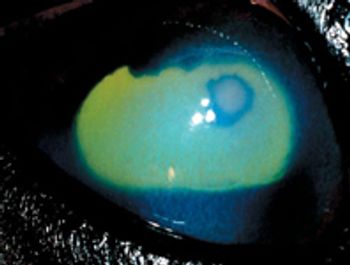
Treatment of equine eye diseases, especially through surgery, has made dramatic strides in the last 25 years. As late as the mid-1980s, many veterinarians expected to fail when treating horses' eyes in the mistaken belief that they heal poorly, one expert recalls.
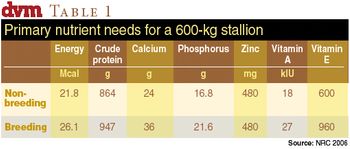
Obesity may be Enemy No. 1 when it comes to a stallion's libido and fertility during the breeding season - a key reason for equine practitioners to counsel their clients on proper equine nutrition, experts say.
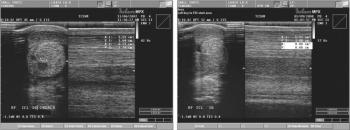
While interest and controversy swirl around stem-cell use for treating human spinal-chord injuries and diseases ranging from diabetes to Parkinson's, veterinary medicine has been investigating stem-cell use for a variety of animal conditions and diseases.
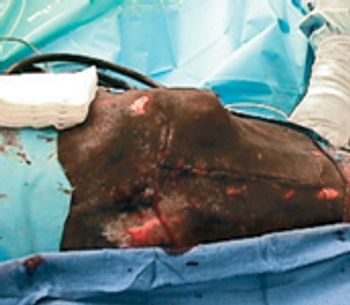
A chief concern with any trauma that causes frontal or poll injury is possible damage to the central nervous system.

It was described in veterinary literature as far back as 1251, more than 750 years ago, yet it remains one of the most commonly diagnosed infectious diseases in horses worldwide.

Outbreaks of equine viral arteritis (EVA) are infrequent in the United States but, because a large percentage of the equine population is susceptible, several leading experts continue to push for improved awareness and protective measures.

Seattle - Just over two years ago, Dr. Mark Dedomenico, MD, a renowned cardiovascular surgeon with a passion for developing elite equine athletes, opened one of the nation's most luxurious and state-of-the-art equine training and rehabilitation facilities.
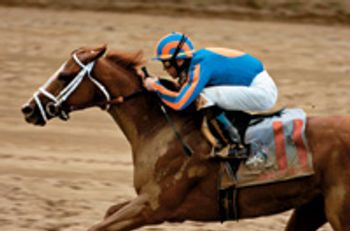
On June 9, 2007, Rags to Riches nosed out Preakness winner Curlin in a courageous duel down the stretch to become the first filly in 102 years to win the Belmont Stakes, and only the third filly to do so in its 139-year history.
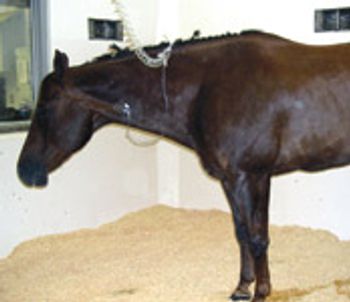
"Anatomically and physiologically, horses have all the structures required for pain processing," says Glenn Pettifer, DVM, DACVA, at the Veterinary Emergency Clinic, Toronto, Ontario, Canada.
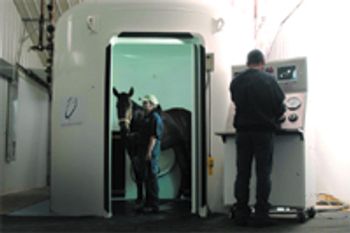
Because HBOT drives the arterial oxygen content very high, it reduces swelling.
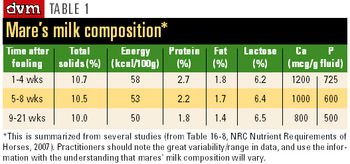
Hot weather requires an increase in water intake ... to compensate for sweat and respiratory losses.
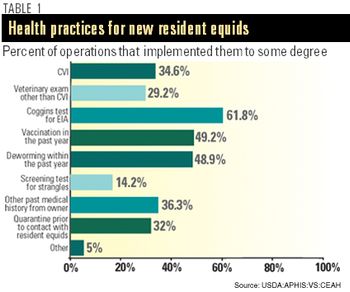
There are no signs this Spring of widespread high populations of eastern tent caterpillar (ETC) – the insect linked to Mare Reproductive Loss Syndrome (MRLS) – but horse farms still should take precautionary measures, says Lee Townsend, PhD, entomologist at the University of Kentucky College of Agriculture.

The computer program helps determine nutrient requirements and formulate rations for various classes needed.